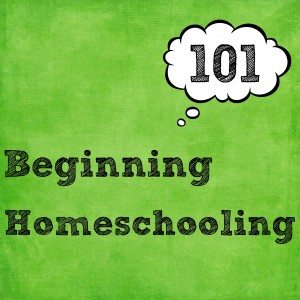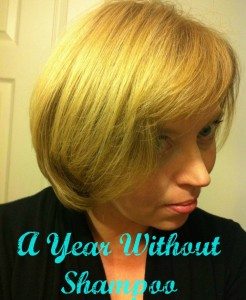Now that you’ve answered the two most important questions about the why and the what of homeschooling, you are ready to begin exploring the different philosophies and styles available to you. There are so many! From Classical to Charlotte Mason to Online to Unschooling (say what?) and even to problem-based learning…there’s a style for everyone! While many do subscribe to one philosophy, most homeschoolers I know pick and choose a little from several styles to accomplish their goals. Because there are so many styles I can’t possibly cover them all–but I am going to try to explain the most common ones, especially the ones that I’ve researched and even tried out.
I’m starting today with Unit Studies. Unit studies are pretty common in homeschooling, especially amongst younger kids. When you walk into a traditional schoolroom, you have your four core classes: Language Arts, Science, Math and Social Studies. Each subject is handled separately, with little to no overlap between them. Sometimes a teacher might work them together for a small bit. For example, if they’re studying World War I in social studies, they might read the Red Badge of Courage in Language Arts. In schools, this is known as interdisciplinary learning. Unit Studies are a bit like this, only they take it much, much further. Instead of compartmentalizing and breaking studies into four separate areas, Unit Studies focus in on a central topic, making learning more cohesive.
With a Unit Study, you focus in on a child’s area of interest, and then explore all sides of it in the core subjects. This harnesses a child’s natural interests to foster a love of learning. For example, LittleMissSunshine is currently fascinated with horses. She is doing a Unit Study on Black Beauty. In this study she is reading chapters out of the book daily, while completing worksheets for her Language Arts. She researches the Victorian era in England, which is the setting of the book–which covers the Social Studies portion of her day. She is learning about the anatomy of horses, their care and upkeep, and environmental impact as a part of her Science class. For math, she has been researching and calculating the daily, weekly, monthly and annual cost of owning and caring for horses. She has studied geography by learning where London is. As her final project, she will be creating a Lapbook and a video review of what she has learned. You can see how what would normally be relegated to just Language Arts can easily be expanded to cover multiple disciplines! She has requested a couple of future unit studies: one on cooking (I can see a lot of chemistry and math in that one!) and one on Beyblade. Hey, laugh if you want at the last one, but there’s a heck of a lot of physics and ancient mythology in a study on Beyblade!
Within unit studies there are two main methods that are used: Lapbooking and Notebooking.
Lapbooking uses a file folder bent in a way so that it creates a portfolio display, sort of like what is frequently used in displays and school fairs. Kids decorate this book with pictures about the subject, worksheets they have completed, mini-books they have completed, and much more. At the end it results in something like a portfolio of their entire unit study work. Lapbooking is popular with early elementary ages, and combines in a bit of arts and crafts into the unit study. It is great for the hands-on or visual learner, because it regularly engages them with hands-on work while learning. While creating the lapbook they take ideas and thoughts and turn them into something visual. Lapbooking is a great way to store and present information learned to others.
Notebooking is similar to lapbooking, but a little simpler and more traditional. I compare it to a journal–it compiles their thoughts, pictures and ideas into one simple place. Using a binder or portfolio, students collect and organize their work in one place. Everything from maps, worksheets, pictures, essays, timelines and more will be put into the unit study notebook. You use a new notebook for each new study. Interestingly enough, JD’s middle school used a similar method within their core classes! They kept journals for each class, and would cut and paste their completed work into the journal.
There are many resources online–some free–that provide you with quick and easy unit studies on a wide variety of topics. If they aren’t free, they are very reasonably priced. Most are around $5 each. Here are a few of the resources I’ve found:
Can’t find a unit study on the topic your child is fascinated by? That’s okay! You can make one yourself. This is what we’ve done with JD, creating a unit study on Pompeii. Take a look at the free unit studies, and gather an idea of how they’re organized. You can then research and plan out your own unit study. JD’s study combines resources from several locations, with a final project of recreating Pompeii in Minecraft. While there is obviously a little more work involved in planning your own studies, the benefit is that you can be creative with them.
Many believe that Unit Studies help children become better critical thinkers later in life. I agree, because they learn to look at the whole of a subject, instead of looking at just one part. Instead of seeing a problem as segmented, they look at the different segments as a whole picture, which gives them better understanding of the whole, not just their little piece of the pie. That is why it is one of the methods we have chosen to adopt in our school. It works well for us. It may not fit your philosophy though, and that is okay! That is one of the beauties of homeschooling–we get to pick the ones that best fit our family and our goals for our children.


















You must be logged in to post a comment.